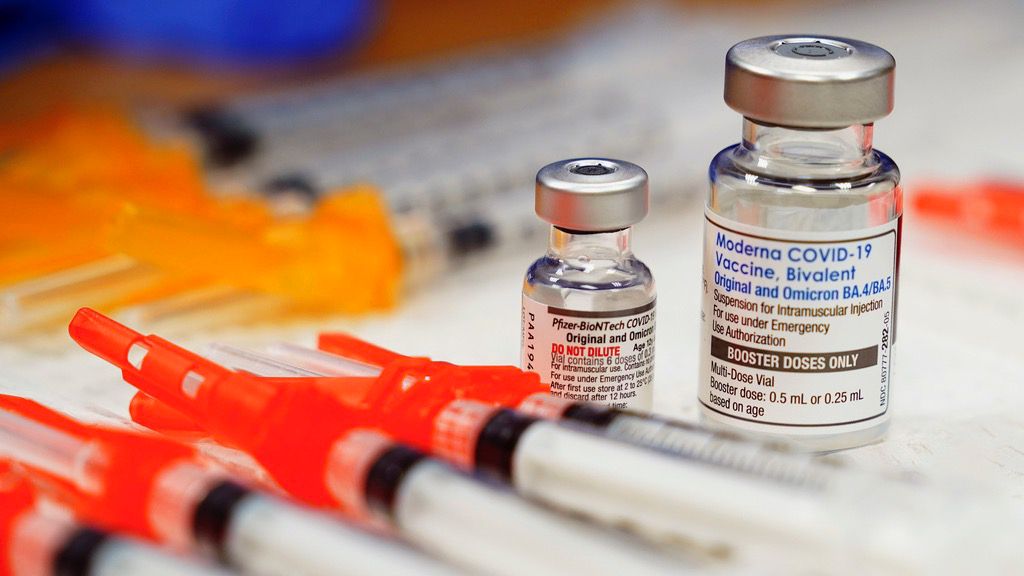CLEVELAND — As the COVID-19 public health emergency expires Thursday, the Ohio Department of Health discussed next steps and what the public should expect.
Last week, the World Health Organization said COVID-19 no longer qualifies as a global emergency — a symbolic end to the pandemic that triggered lockdowns, upended economies around the world and has killed at least 7 million people across the globe.
On a national level, President Joe Biden signed into law in April a bipartisan resolution to end the national emergency to respond to the COVID-19 pandemic weeks before it was set to expire. The national emergency allowed the government to take sweeping steps to respond to the virus and support the country's economic, health and welfare systems.
The public health emergency, which expires Thursday, underpins tough immigration restrictions at the U.S.-Mexico border. Because of this, Americans won't pay out of pocket for vaccines, but treatments costs may change depending on insurance coverage, according to the Department of Health and Human Services.
Because of this transition, ODH Director Dr. Bruce Vanderhoff highlights what will or won't change going forward.
- COVID vaccines will remain free for all
- The Centers for Disease Control has indicated there won't be a near-term impact on vaccine availability
- ODH still has a sizable supply of vaccines to distribute
- Even after the federal supply has diminished, Americans should continue to pay nothing out of pocket for vaccines, Vanderhoff said
- Medicaid will continue to cover all COVID vaccines without a co-pay or cost sharing through September 2024
- Vaccines for the uninsured will remain free until 2024 through health centers and pharmacies
- Expenses for certain treatments may change depending on coverage
- Medicaid programs will continue to cover COVID treatments without cost through September 2024
- ODH has a sizable supply of therapeutic treatments on hand to help mitigate coverage changes in the meantime
Vanderhoff also noted immediate changes that deal with COVID reporting data. Due to federal requirements, the CDC community spread dashboard will soon no longer be available. Stemming from those requirements, Vanderhoff noted Ohio's COVID-19 dashboard will also undergo some changes.
“We will continue to track COVID cases and hospitalizations here in Ohio," Vanderhoff said. He also noted that many details about the transition are still unknown, but that ODH will continue to keep residents updated as it learns more information.
Despite the public health emergency ending, Vanderhoff said it's important to recognize how far the world has come throughout the pandemic.
"The end of the public health emergency does nothing to change the message of the importance of staying update on your COVID vaccines," Vanderhoff said. “Getting vaccinated has played a big part in getting COVID-19 under control.”
Vanderhoff said he expects the CDC to soon come out with guidance for fall vaccination guidance, and also said it's possible there could be another updated booster.
Since the start of the pandemic in March 2020, Ohio has documented more than 3.4 million COVID cases and 42,000 deaths, according to ODH. COVID cases in Ohio continue to decline. Cases fell from 3,121 last week to 2,978 this week, and the last time Ohio fell below 3,000 cases in the week was the summer of 2021.



